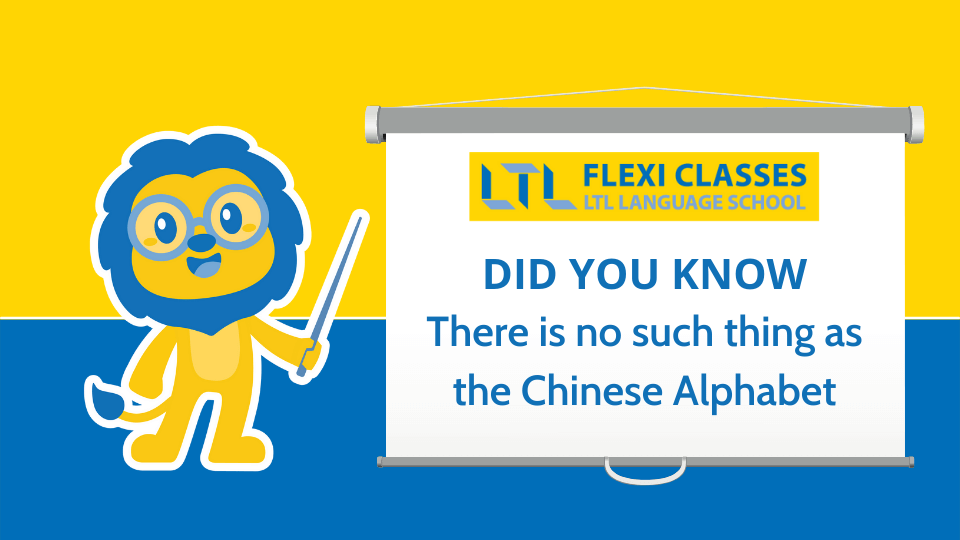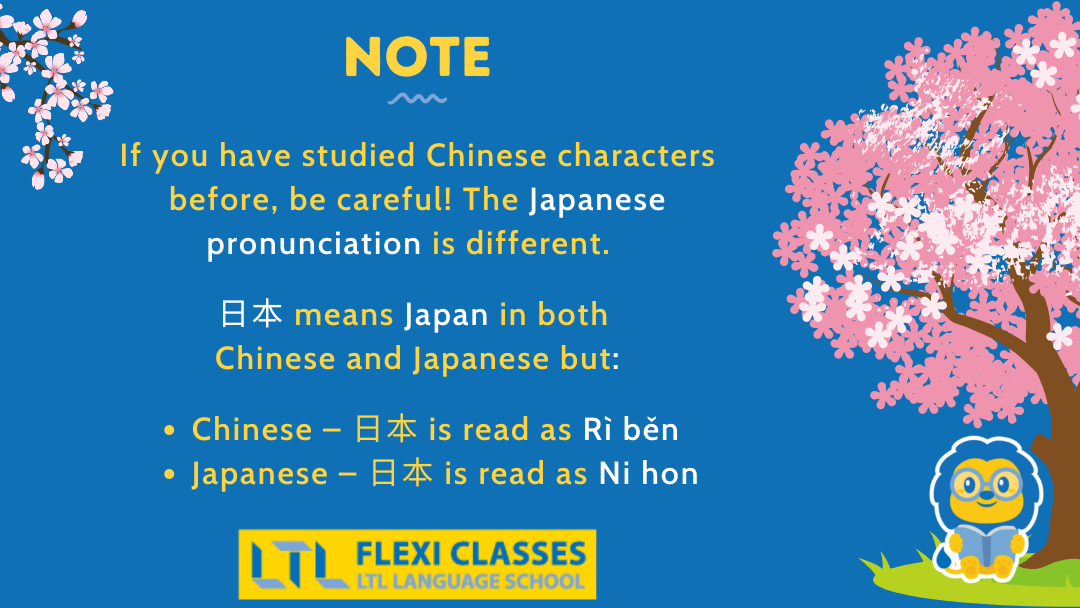Learning Chinese & Japanese At The Same Time // Is It Really Possible?
Learning Chinese & Japanese At The Same Time 📚 The Truth Revealed
It’s a popular question amongst language aficionados – learning Chinese and Japanese at the same time, is it possible?
While learning both languages at the same time is certainly possible given enough time and dedication, there are not enough similarities between the two languages for there to be a significant advantage to learning both concurrently.
If you are reading this article, chances are that the two languages are not as similar as you may think they are.
However, there are some similarities that will actually help you learn one if you are already able to speak the other.

There are also some very important differences that you should keep in mind if you want to be fluent in both Chinese and Japanese.
In this article, we will break down some of the key similarities and differences between Chinese and Japanese and compare how easy it is to learn each of these languages.
Learning Chinese & Japanese At The Same Time – Not So Similar
Learning Chinese & Japanese At The Same Time – Hanzi / Kanji
Learning Chinese & Japanese At The Same Time – Pronunciation
Learning Chinese & Japanese At The Same Time – Grammar
Learning Chinese & Japanese At The Same Time – Follow Your Passion
Learning Chinese & Japanese At The Same Time – FAQ’s

Learning Chinese & Japanese At The Same Time – Not So Similar
The truth is, Chinese and Japanese writing may seem very similar to the untrained eye.
This may lead people to believe that these two East Asian languages are as similar as some Latin languages, like Italian and Spanish.
However, the relationship between Chinese and Japanese is a little more similar to that of Latin and French.
Japanese is a language that borrowed many linguistic features from Chinese a long time ago.
Despite this, each language continued to evolve and develop independently through the years. This leaves us with two languages that are quite different in phonetic, grammatical, and lexical terms.
Learning Chinese & Japanese At The Same Time – Hanzi / Kanji
Japanese Kanji uses mostly traditional Chinese characters (known as Hanzi).
Kanji is probably the single biggest similarity between Japanese and Chinese.
The Japanese writing system includes three sets of characters:


Of these three, Kanji is the only one with any real similarities to Chinese.
Though some Hiragana and Katakana may be derived from ancient Chinese characters or radicals, they really work more similarly to the Latin alphabet as they are phonetic lettering systems.
Kanji, on the other hand, works almost exactly like the Chinese writing system. If you are able to read Kanji, you will be able to understand the meaning of many Chinese characters and vice-versa.

However, this doesn’t mean that studying Kanji is the same as studying Chinese characters.
The pronunciation in each language is still different and not all characters mean the same thing across languages.
Another problem is that Kanji uses traditional Chinese characters, so unless you are studying Chinese in Taiwan or are otherwise able to read traditional Chinese characters, you will still encounter many Kanji words that you will not understand.
The generally accepted advice regarding Kanji vs. Hanzi is to learn one of the two languages to an advanced level first.
This will prevent you from mixing up different languages. Once your level is high enough in one of the two, you can then use your proficiency to your advantage without risk of getting tripped up.
So, now the question is, which language should you learn first – Chinese or Japanese?
Here are some tips that can help you choose the language that is best for you.
Learning Chinese & Japanese At The Same Time – Pronunciation
Here’s the thing – Japanese pronunciation is EASIER than Chinese pronunciation.
Let’s look at the numbers. The entire Japanese language uses a total of 100 distinct syllables.
This is much lower than the over 400 unique syllables in Chinese.

On top of the syllables, you have to consider that you will need to master the Chinese tones in order to be able to understand and be understood.
This means that if you take Japanese classes, you should be able to speak and understand basic words and sentences relatively quickly.
You could realistically expect to be able to memorise a few sentences, use them 20 minutes later, and be understood by native speakers.
The same cannot be said for Chinese, where getting just one tone or syllable wrong could potentially derail your whole conversation.
Getting your speaking ability to a level where you can be easily understood by Chinese natives is a challenge that requires a fair chunk of practice and repetition.
Learning Chinese & Japanese At The Same Time – Grammar

On the flip side, Chinese grammar is generally much simpler than Japanese grammar.
The first obvious difference is that Chinese does not have verb tenses, which means that you do not need to conjugate verbs.
This makes it very easy for learners to start building sentences in different tenses right off the bat without needing to memorise verb conjugations.
On the other hand, Japanese does have verb conjugations and more complex grammar rules.
This makes Chinese grammar much simpler to learn, especially for beginners.
Learning Chinese & Japanese At The Same Time – Follow Your Passion
If you are eager to learn both Chinese and Japanese, we salute you!
While it is certainly possible to learn both languages simultaneously—and you can definitely take Chinese and Japanese Flexi Classes concurrently—there are a number of reasons to consider learning only one of these languages at a time.
First, the similarities between Kanji and Chinese characters can trip you up if you’re early into your language-learning journey.
No matter which language you choose, you will have to spend a considerable amount of time drilling character meanings and pronunciations into your head.

Once you’ve gotten to a point where characters are second-nature to you, you can then use this ability to study the other language without risk of getting Kanji confused with Hanzi.
Secondly, focusing all of your time and attention on only one language will help you get to a conversational level sooner. If your progress in your language-learning journey is too slow, you may feel discouraged from continuing to study the language.
Once you get to a level where you can read, write, and watch movies in your target language, you will be less likely to quit.
Study sessions will also become much more passive and entertaining, as relaxing with a bag of popcorn and a great TV show can become a great use of your time.
A third reason is that learning one language well enough will give you the confidence you need to learn another language. If you are able to successfully learn Chinese or Japanese, you can be pretty confident that you have the ability to learn the other one.
Since you know that you have done it before, you will be more sure of yourself when pursuing the other language.
Finally, make sure you enjoy learning whichever language you choose! You are much more likely to carry through with your language goals if you are enjoying the process.
Remember that we offer 3 hours of free Flexi Classes which you can use to study both Chinese and Japanese.
Why not use this opportunity to take a class in each of the languages and see which one you like best?
Our professional teachers will be happy to introduce you to Chinese and Japanese.

Chinese Movies on Netflix 🎥 35 You Need To Watch
Chinese Movies on Netflix 🎥 35 Terrific Chinese Movies on Netflix to help you learn Chinese. Comedy, Drama, War, Romance, Action, Thriller and Martial Arts
Learning Chinese & Japanese At The Same Time // FAQ’s
How many alphabets are in Japanese?
Are Hanzi and Kanji the same?
If you are able to read Japanese Kanji, you will be able to understand the meaning of many Chinese characters and vice-versa.
Although they appear the same, Hanzi and Kanji are read differently.
However, this doesn’t mean that studying Kanji is the same as studying Chinese characters.
The pronunciation in each language is still different and not all characters mean the same thing across languages.
Is it possible to learn Chinese and Japanese at the same time?
It’s absolutely possible to do so.
However, the generally accepted advice regarding Kanji vs. Hanzi is to learn one of the two languages to an advanced level first.
This will prevent you from mixing up different languages.
Once your level is high enough in one of the two, you can then use your proficiency to your advantage without risk of getting tripped up.
Which language has easier grammar, Chinese or Japanese?
On the flip side, Chinese grammar is generally much simpler than Japanese grammar.
The first obvious difference is that Chinese does not have verb tenses, which means that you do not need to conjugate verbs.
This makes it very easy for learners to start building sentences in different tenses right off the bat without needing to memorise verb conjugations.
On the other hand, Japanese does have verb conjugations and more complex grammar rules.
This makes Chinese grammar much simpler to learn, especially for beginners.
Do Japanese and Chinese include tones?
Chinese is a tonal language, but Japanese does not – making pronunciation in Chinese harder than Japanese for a western learner.
This means that if you take Japanese classes, you should be able to speak and understand basic words and sentences relatively quickly.
You could realistically expect to be able to memorise a few sentences, use them 20 minutes later, and be understood by native speakers.
Want more from LTL?
If you wish to hear more from LTL Mandarin School why not join our mailing list.
We give plenty of handy information on learning Chinese, useful apps to learn the language and everything going on at our LTL schools!
Sign up below and become part of our ever growing community!










1 comments
[…] Learning Chinese and Japanese At The Same Time […]